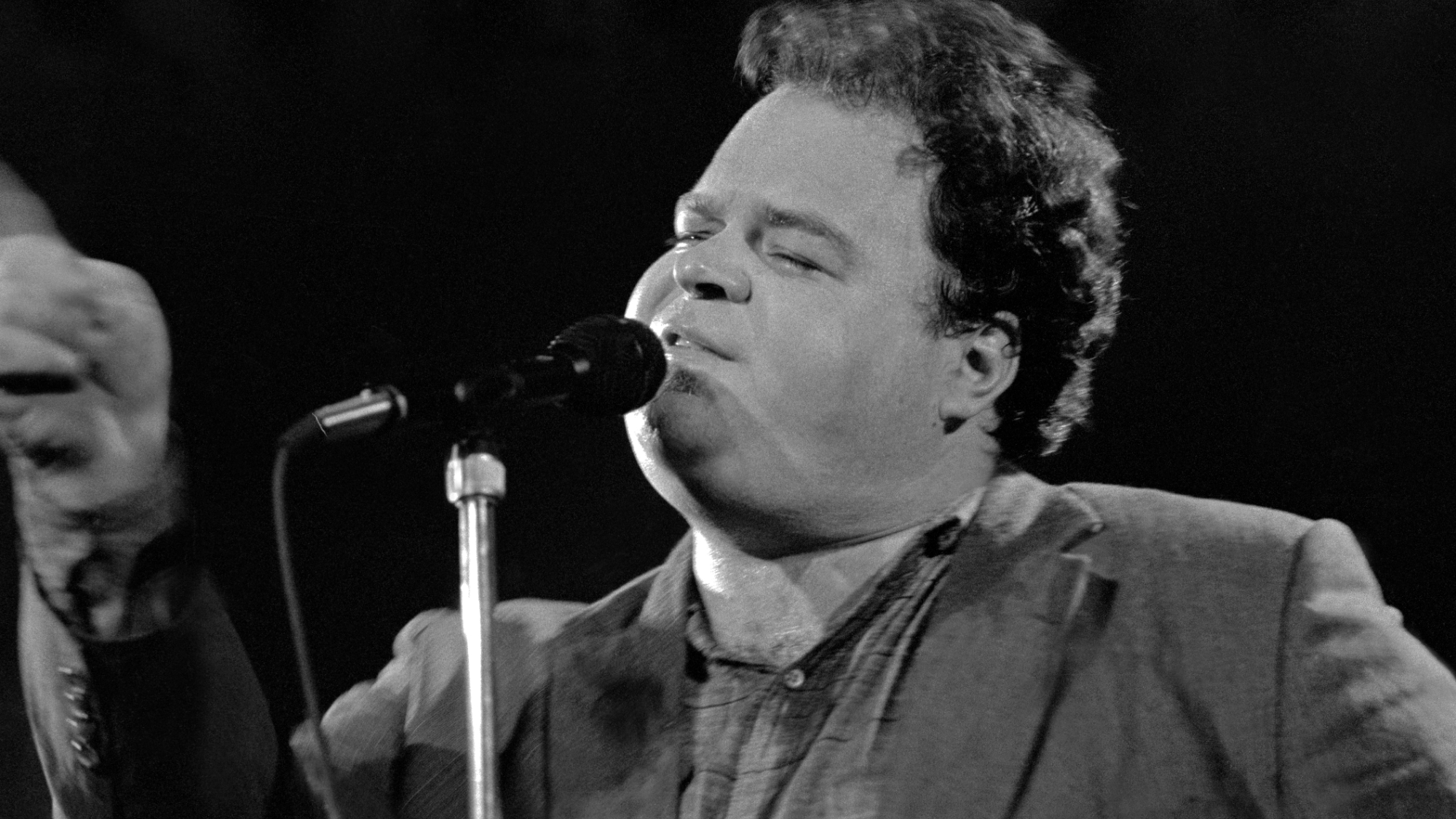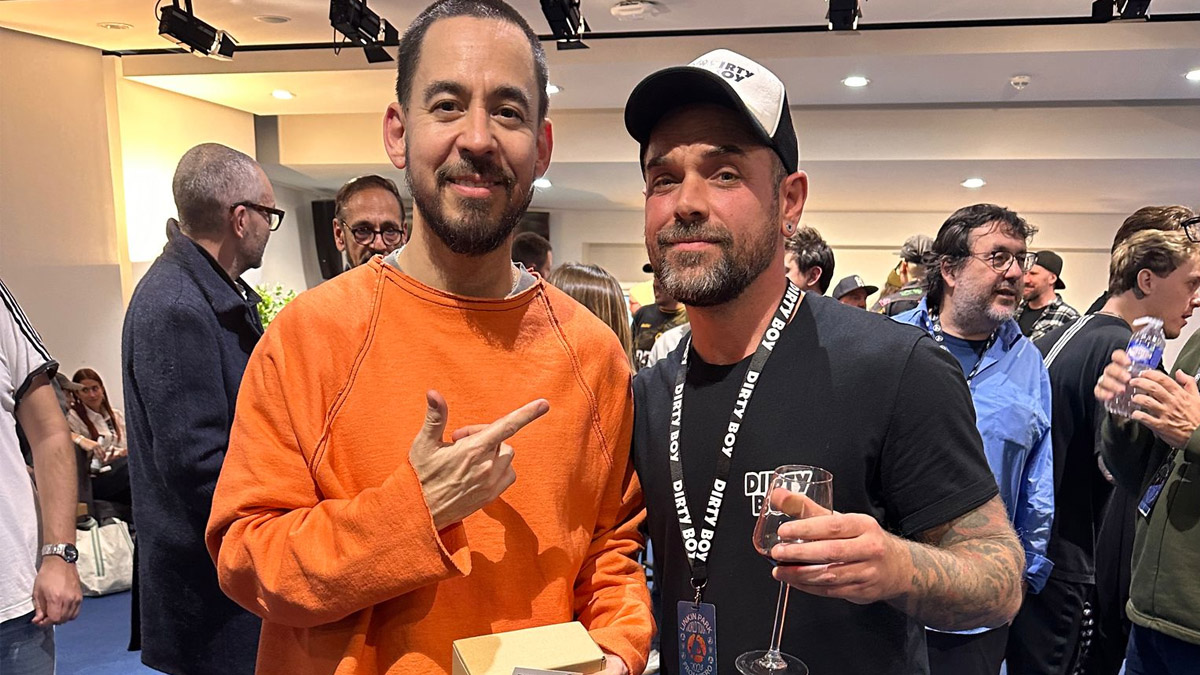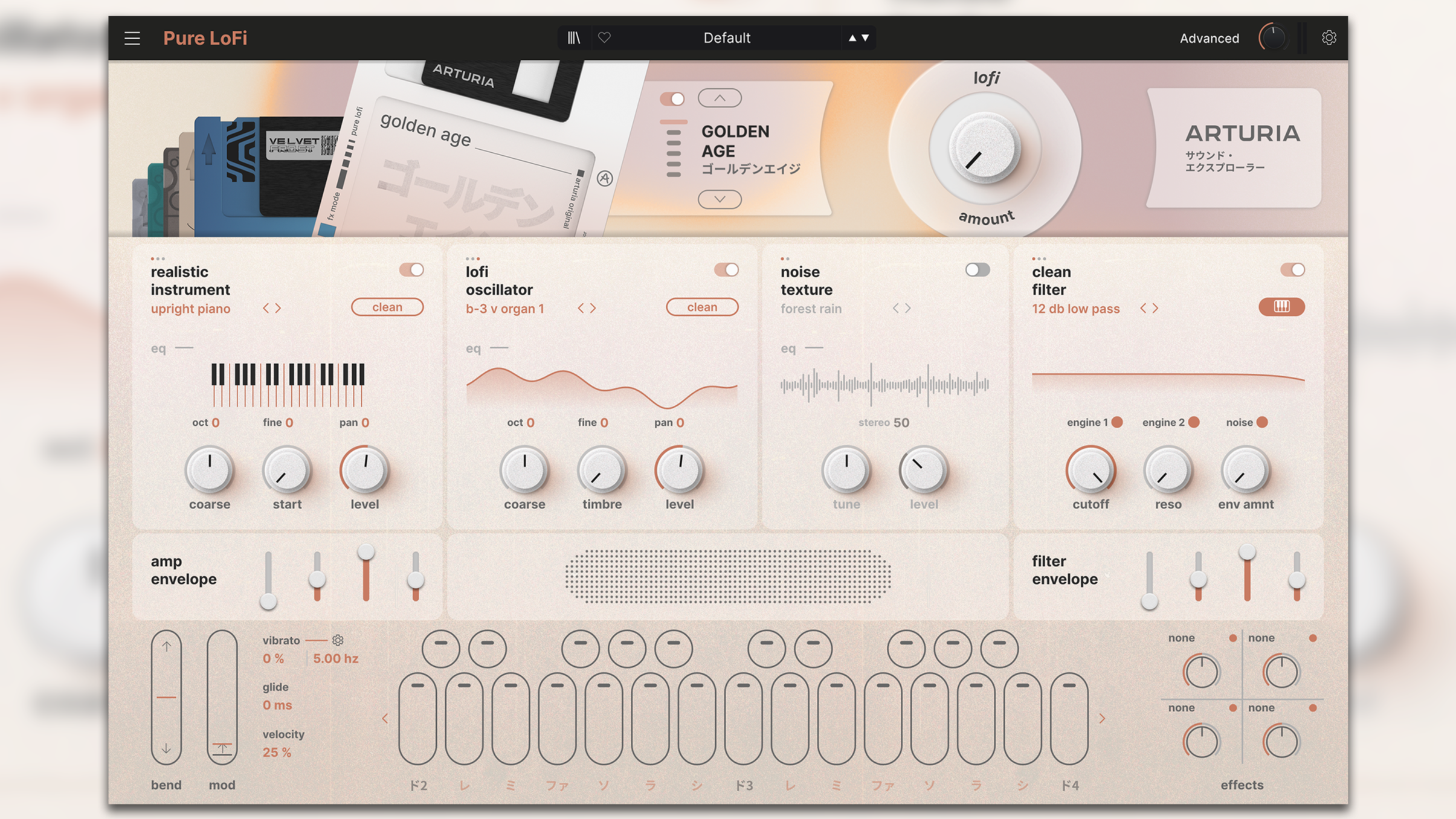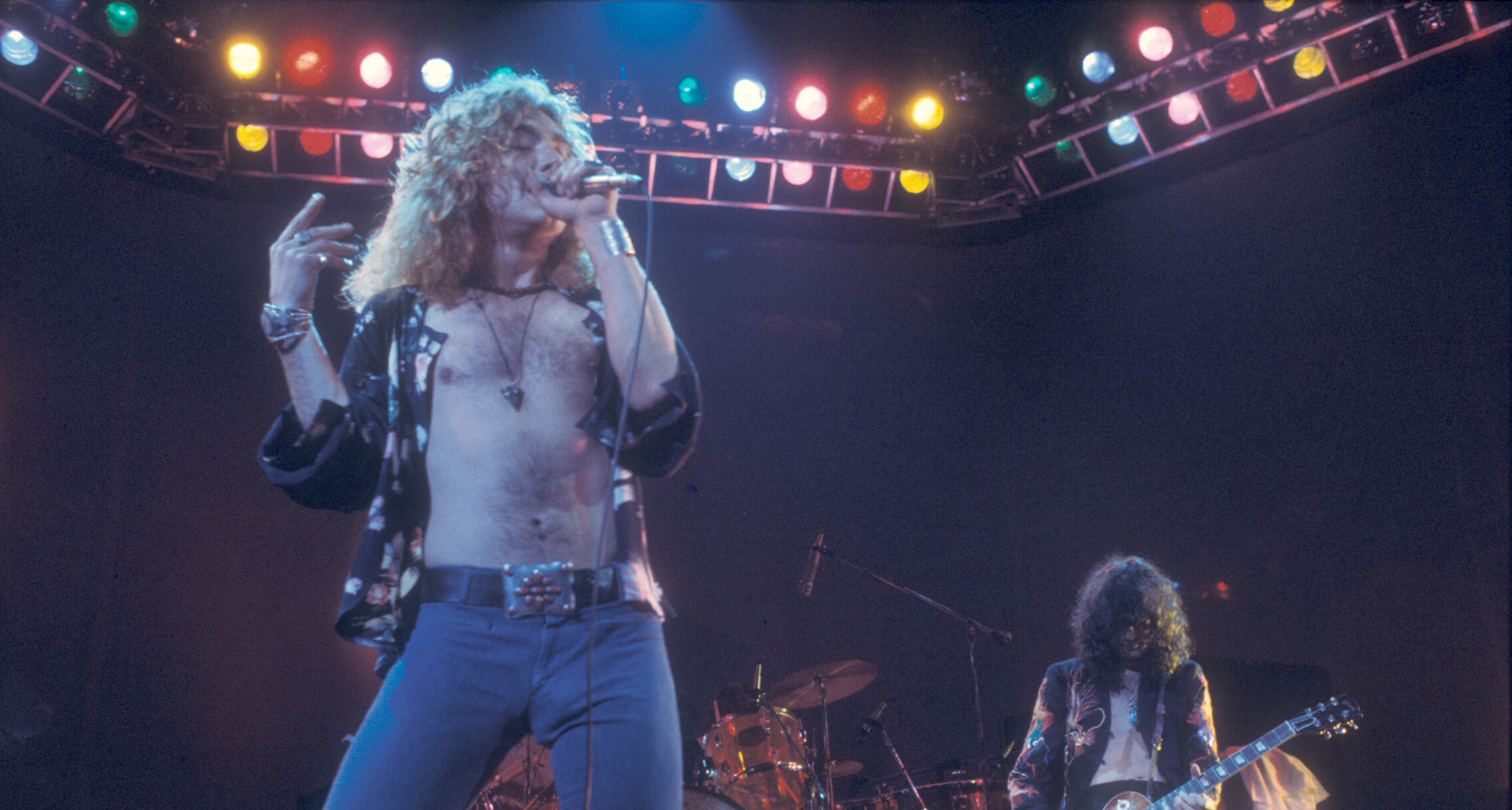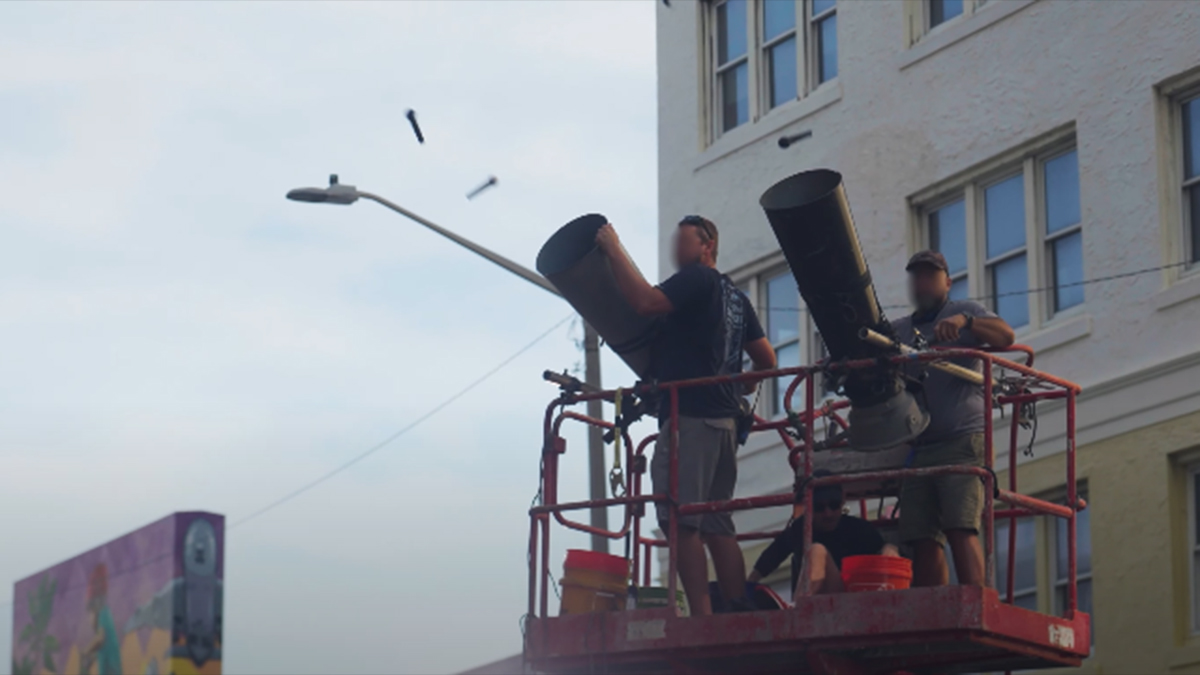“There really are no mistakes. Turn knobs until it sounds good”: Snarky Puppy’s Justin Stanton uses the Moog Little Phatty, Sequential Prophet Rev 2 and Nord Stage 4 to bring you a ‘Synth 101’
Want to learn the basics from a pro? Now’s your chance
Its raison d'etre might be teaching people to play the piano, but Pianote is now offering you an introduction to the big wide world of synthesizers with the help of Snarky Puppy’s Justin Stanton.
The piano and the synth share a keyboard layout, of course, but they look and sound very different, and some pianists tend to fear the complexity and learning curve associated with electronic instruments. Stanton, though, is here to provide reassurance: “There really are no mistakes. Turn knobs until it sounds good,” he says in his ‘101’ level video.
However sharp your sound design skills are, though, it’s an entertaining watch. Using a Moog Little Phatty, Sequential Prophet Rev 2 and Nord Stage 4, Stanton begins by explaining what a synthesizer actually is, before moving on to discuss presets, modulation, oscillators, envelopes, filters and more. He also touches on the differences between analogue/digital and monophonic/polyphonic instruments.
There are a few treats for Snarky Puppy fans, too: snatches of Thing Of Gold, Whitecap, Sleeper, Lingus and a final blast of What About Me?
Check out the video above. You can sign up for a 30-day trial of Pianote, exclusive to MusicRadar readers, here.
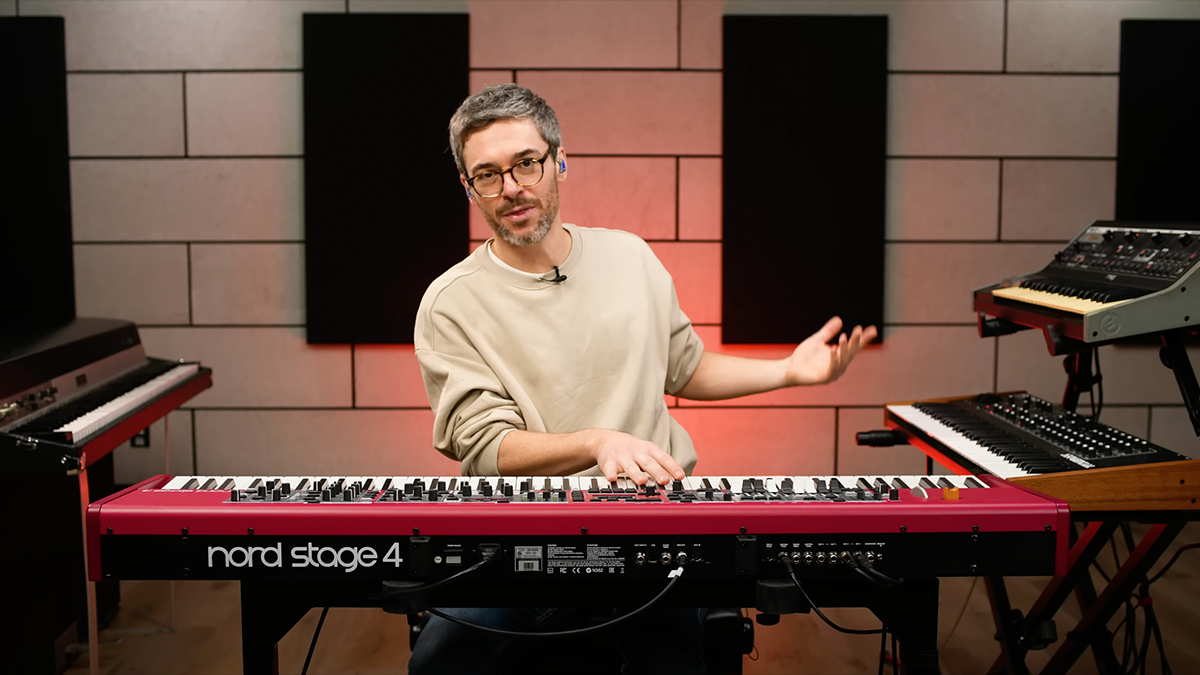
Get the MusicRadar Newsletter
Want all the hottest music and gear news, reviews, deals, features and more, direct to your inbox? Sign up here.



I’m the Deputy Editor of MusicRadar, having worked on the site since its launch in 2007. I previously spent eight years working on our sister magazine, Computer Music. I’ve been playing the piano, gigging in bands and failing to finish tracks at home for more than 30 years, 24 of which I’ve also spent writing about music and the ever-changing technology used to make it.



